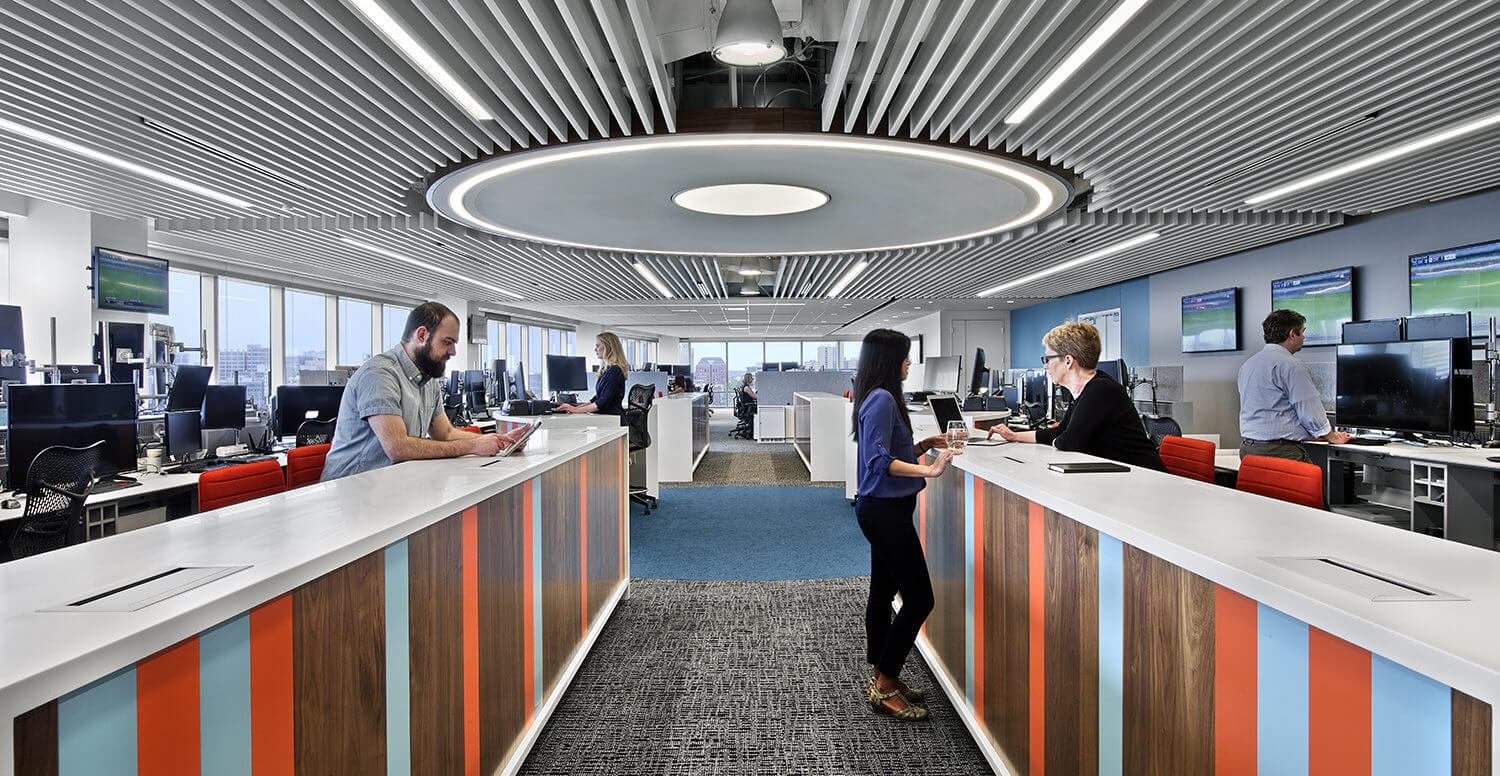In the A/E/C industry, the terms “sustainability” and “energy efficiency” are more than buzzwords. An energy efficient system uses less electrical power than permitted by energy codes. Beyond the cost saving benefits of using less power, energy efficient buildings are sustainable in that they use resources wisely and aim to reduce environmental impact.
In honor of Earth Day, we’re featuring two important programs, LEED and WELL, that promote sustainability in new building designs and renovations alike. We also examine how we as lighting consultants support these sustainable building standards and the certification processes for our clients.
LEED & LEED v4 Certification
Buildings that utilize exceptionally sustainable systems are rewarded with a LEED certification, a globally recognized symbol of sustainability achievement. Leadership in Energy and Environmental Design (LEED), the most widely used green building rating system in the world, provides a framework for environmentally healthy, highly efficient, and cost-saving buildings.
Here are a few examples of LEED certified projects:
- Nasdaq PHLX in FMC Tower (LEED Platinum)
- George Washington University Science and Engineering Hall (LEED Gold certified)
- Karabots Pavilion at The Franklin Institute (LEED Silver certified)
Each of the above projects has a different level of LEED certification based on the following criteria:
- Location and transportation
- Sustainable sites
- Water efficiency
- Energy and atmosphere
- Materials and resources
- Indoor environmental quality
The certification levels awarded are based on a point system. More recently, the U.S. Green Building Council (USGBC) introduced LEED v4, called “the LEED of the future.” LEED v4 is designed around a performance-based approach that calls for measurable results throughout a project’s life cycle. The grading system provides more flexibility to fit the unique aspects of a specific project. Like LEED certification, LEED v4 is based on a point rating system that addresses a building’s:
- Reverse contribution to global climate change
- Enhancement to individual human health and well-being
- Protection and restoration of water resources
- Protection, enhancement and restoration of biodiversity and ecosystem services
- Promotion of sustainable and regenerative material resources cycles
- Role in building a greener economy
- Enhancement of social equity, environmental justice, and community quality of life
These impact categories are weighted to account for differences in scale, scope, severity and relative contribution of a building to the impacts.
WELL Certification
The International WELL Building Institute (IWBI) established the WELL Building Standard to lead the world in transforming buildings and communities to enhance comfort, health and well-being. For a building to receive a WELL certification, it must receive a passing score for seven preconditions:
- Air
- Water
- Nourishment
- Light
- Fitness
- Comfort
- Mind
An entire building may be WELL certified, or the certification may apply only to the core and shell or to a separate interior project within a building.
Meeting the seven preconditions earns a Silver certification. A building that achieves certain “optimizations” – meaning optional technologies, strategies, protocols and designs that are applicable to a certain project – could be eligible to receive Gold and Platinum level certifications.
“The common goal of WELL and LEED is to create more healthy, efficient environments which in turn can provide significant value to owners,” said Lillian Knoerzer, Project Manager at TLP. Lily is working on several projects that are pursuing WELL certification. “The difference between the two sets of standards is how they meet that goal: LEED focuses on creating holistically green buildings, WELL focuses on how building systems can promote optimal health and wellness of the users.”
Lighting’s Sustainable Influence
By its nature, a building’s lighting system plays a major role in its level of energy efficiency and sustainability. Both LEED and WELL certifications’ rating systems consider a variety of factors related to lighting, including the following:
- Lighting quantity or intensity, measured in footcandles, lumens and watts
- Controls, such as daylight responsiveness, occupancy sensors and dimming capabilities
- Lighting quality, including contrast ratio, luminaire brightness, color temperature, and color rendering index
These prerequisites have introduced new metrics and criteria that are specific to the lighting industry. As technologies and innovations continue to evolve, best practices for lighting systems change as well. Project owners interested in obtaining these certifications benefit from a lighting consultant on the team to help wade through the new waters.
“Each credit in the LEED and WELL systems offer benefits to the triple bottom line: people, planet, and profits,” said Matt Fracassini, MIES, LEED AP BD+C, Project Manager at The Lighting Practice. “Even small efforts make a big difference in sustainability. Something as simple as giving employees the ability to turn off the lights at their desks can reduce energy consumption, save on the electric bill, and help instill a feeling that the company respects their preferences.”
The IWBI recognizes that on top of facilitating vision, lighting influences the human body in non-visual ways. As a result, the WELL Building Standard raises important questions about the color, intensity and directionality of lighting. Lighting consultants are knowledgeable about these factors and can design a system that considers the physiological processes of the people who will utilize the building.
If LEED and/or WELL certification is a desired outcome, having the support of a lighting professional can ensure a building reaches the owner’s energy and certification goals.
Furthermore, many states and cities are adopting recent energy codes, such as IECC 2018 and ASHRAE 90.1-2016, that require reduced lighting power consumption, daylight-responsive controls, and light pollution reduction. Even if a facility is not pursuing a sustainable certification, a lighting consultant will help navigate the increasingly stringent energy code criteria.



